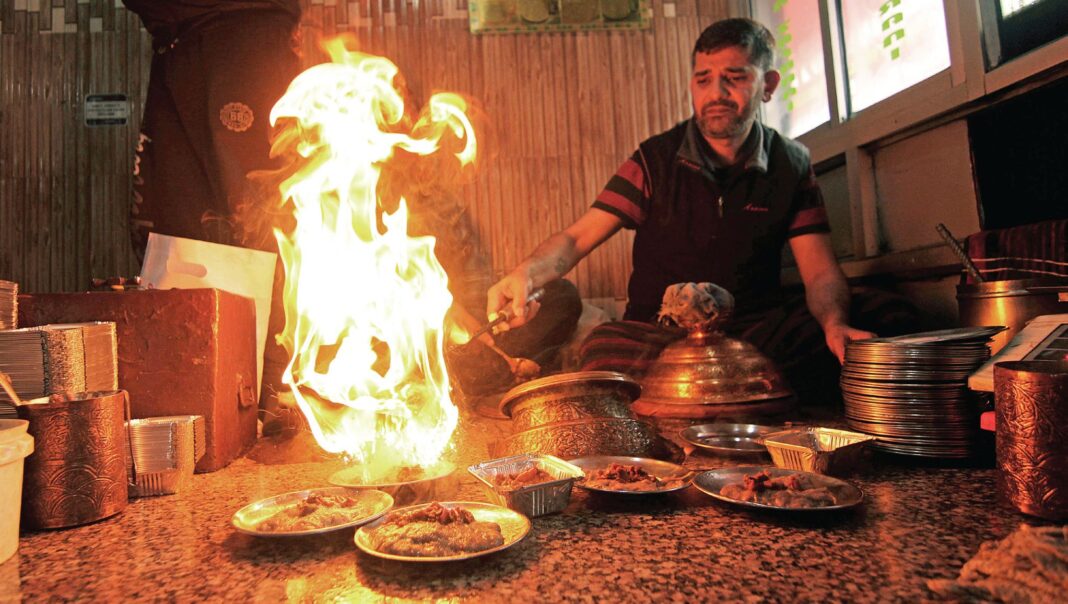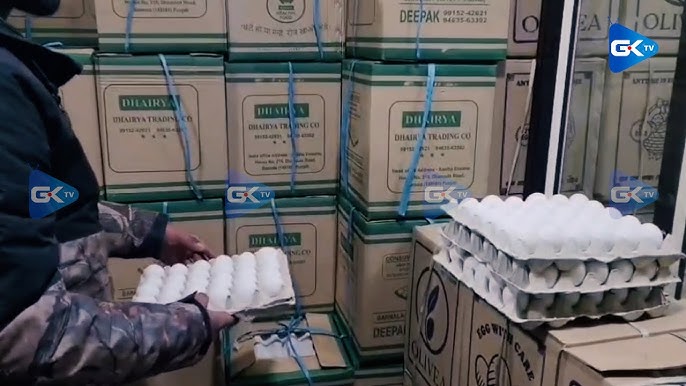Chillai Kalan: A Journey Through Kashmir’s Winter Heritage
By: Javid Amin
When the chill of winter sweeps across Kashmir, it heralds the arrival of Chillai Kalan, the harshest and most enchanting 40-day period of winter. Beginning on December 21, this season is much more than a climatic event; it’s a cultural phenomenon deeply woven into the fabric of Kashmiri life. From the warmth of a kangri tucked under a traditional pheran to the comforting aroma of harissa and the ceremonial sip of kehwa, Chillai Kalan brings together tradition, resilience, and the unyielding spirit of the Kashmiri people.
Understanding Chillai Kalan: The Heart of Winter
Derived from Persian, where “Chilla” refers to a 40-day period, Chillai Kalan marks the coldest phase of winter in the Kashmir Valley. Temperatures often plummet below freezing, with nights dipping to -10°C or even lower in higher altitudes. Snow blankets the region, transforming it into a mesmerizing winter wonderland while simultaneously presenting challenges that test the endurance of its inhabitants.
This period, followed by Chillai Khurd (20 days of milder cold) and Chillai Bachha (10 days of tapering cold), profoundly influences the natural, cultural, and social life of Kashmiris.
The Pheran: Kashmir’s Timeless Winter Attire
No discussion of Chillai Kalan is complete without mentioning the pheran, Kashmir’s traditional woolen cloak. This garment, synonymous with comfort and utility, is the ultimate winter wear for locals. Its loose, long design allows layers of warm clothing underneath and accommodates the use of a kangri, a portable firepot, for added warmth.
- Cultural Significance: Beyond practicality, the pheran is an emblem of Kashmiri identity. Whether made of luxurious pashmina wool or simple coarse wool, it’s worn by men and women alike, with slight variations in design.
- Modern Adaptations: While traditional pherans feature intricate embroidery, modern versions incorporate contemporary styles, making them a blend of tradition and fashion.
- Historical Roots: Thought to have Persian origins, the pheran has been a staple of Kashmiri winter attire for centuries, symbolizing the ingenuity and resilience of the valley’s people.
The Kangri: A Portable Heater and Cultural Icon
The kangri, a portable earthen firepot encased in a wicker basket, is more than a source of warmth; it’s a cultural artifact that embodies Kashmiri ingenuity. During Chillai Kalan, the kangri becomes a constant companion, tucked under the pheran to stave off the biting cold.
- Craftsmanship: Each kangri is a testament to the craftsmanship of Kashmiri artisans. The wickerwork, often adorned with colorful designs, is both functional and aesthetically pleasing.
- Symbol of Resilience: The kangri’s portability allows people to remain mobile even in freezing conditions. Its warmth extends beyond the physical, symbolizing the resourcefulness of the Kashmiri community.
- Rituals and Superstitions: The kangri is also steeped in local traditions. During festive occasions, gifting a beautifully designed kangri is considered auspicious.
Harissa: Kashmir’s Culinary Comfort
As the cold intensifies, Kashmiris turn to harissa, a traditional meat-based dish that is the ultimate winter comfort food. Prepared with a mix of lamb, rice flour, and spices, harissa is slow-cooked overnight to achieve its creamy, rich texture.
- Preparation Process: The preparation of harissa is an art passed down through generations. Cooked in large copper pots, the meat is meticulously deboned and blended with rice flour, ghee, and spices to create a hearty dish.
- Cultural Significance: Harissa is more than a meal; it’s a communal experience. Families and friends gather to savor this delicacy, often paired with hot naan or rice.
- Health Benefits: Rich in proteins and healthy fats, harissa provides the sustenance needed to endure harsh winters.
Hooksoun: Preserving Summer’s Bounty
To survive the long, cold winters, Kashmiris have perfected the art of preservation, known locally as Hooksoun. This practice involves drying vegetables, fruits, and even fish during the summer months to ensure a steady food supply during Chillai Kalan.
- Commonly Preserved Foods: Dried tomatoes, brinjals, turnips, and fish (known as hoggard) are staples in many households. These ingredients are rehydrated and cooked into flavorful dishes during winter.
- Cultural Legacy: Hooksoun showcases the self-reliance of Kashmiri households. It’s not just a culinary tradition but a testament to the community’s adaptability.
- Modern Trends: While the tradition of drying foods continues, modern refrigeration and storage methods have also made fresh produce more accessible.
Kehwa: The Elixir of Warmth
A steaming cup of kehwa, Kashmir’s traditional green tea, is the perfect antidote to winter’s chill. Infused with saffron, cinnamon, cardamom, and almonds, kehwa is both a treat for the senses and a booster for the immune system.
- Preparation Rituals: Kehwa is often prepared in a samovar, a traditional metal urn. The preparation itself is a ritual, with families gathering around to enjoy the aromatic brew.
- Health Benefits: Rich in antioxidants, kehwa aids digestion, improves circulation, and provides a sense of calm during stressful times.
- Cultural Essence: Offering kehwa to guests is a hallmark of Kashmiri hospitality, symbolizing warmth and goodwill.
Challenges and Triumphs of Chillai Kalan
While Chillai Kalan brings beauty and cultural richness, it also poses significant challenges:
- Disruptions: Heavy snowfall often leads to power outages, road blockages, and interruptions in daily life.
- Adaptation: Despite these hardships, Kashmiris have developed ingenious ways to adapt, from using wood-burning stoves to insulating homes with traditional materials.
- Community Spirit: The season fosters a sense of community, with neighbors helping one another weather the harsh conditions.
The Allure of Chillai Kalan for Tourists
For visitors, Chillai Kalan offers a unique glimpse into Kashmir’s winter wonderland. From frozen lakes and snow-laden landscapes to experiencing the warmth of Kashmiri traditions, the season is a blend of adventure and cultural immersion.
- Winter Activities: Skiing in Gulmarg, sledding in Pahalgam, and exploring Srinagar’s snow-covered streets are must-dos.
- Cultural Experiences: Tourists can savor traditional dishes, sip kehwa by a crackling fire, and shop for handwoven shawls and kangris.
- Eco-Tourism Opportunities: As more travelers seek sustainable experiences, Chillai Kalan offers a chance to connect with nature and culture responsibly.
Bottom-Line
Chillai Kalan is not just a season; it’s an experience that defines the essence of Kashmir. Through the biting cold and heavy snow, the people of the valley showcase their unwavering spirit, turning challenges into celebrations. From the comforting warmth of a kangri and pheran to the rich flavors of harissa and kehwa, every aspect of this period reflects the unique heritage of Kashmir. As modernity blends with tradition, Chillai Kalan remains a testament to resilience, community, and the enduring charm of the valley.




